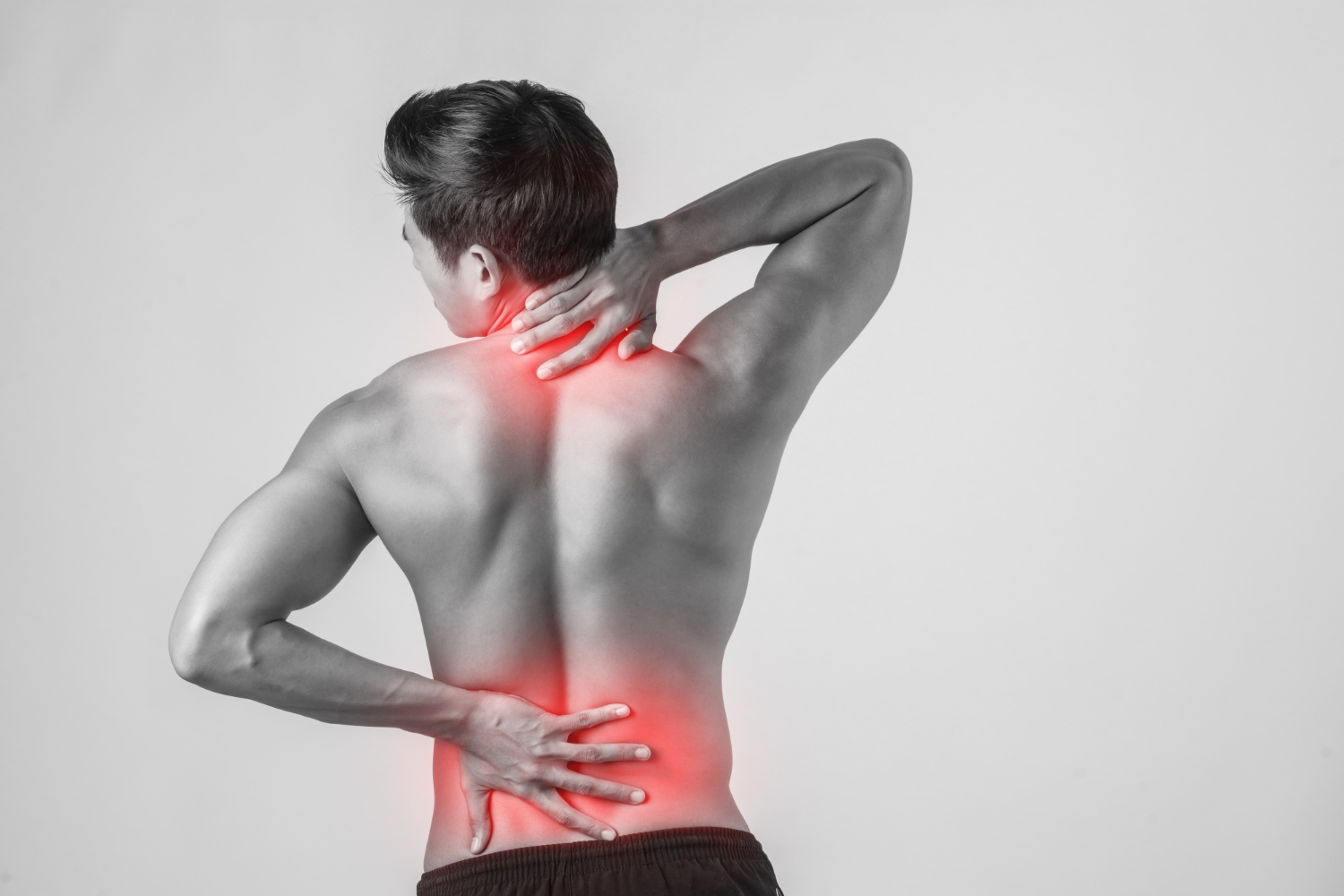Back pain is an increasingly widespread medical condition. Back pain can be dull, constant, or suddenly severe.
Risk factors include low fitness levels, weight gain, heavy lifting at work, and poor posture. However, anyone can experience back pain, even if they don’t have any risk factors.
Our expert team of neurologists at Cayman Neurology can help you deal with your chronic back pain. For more information regarding the treatment of back pain in the Cayman Islands or tips on effective pain management, contact our office today!

Specialties
Neurology
Pain Management
Diagnostic Tests
Therapeutic Procedures
How We Help With Pain Management
Cayman Neurology and Pain Management provides a comprehensive range of pain management services to improve the well-being of our patients. Their methods include innovative treatments for chronic pain conditions, interventional procedures, medication management, and multidisciplinary pain management plans tailored to your individual needs.
With a dedicated team of experienced professionals, we focus on delivering personalized care to help our patients achieve a higher quality of life by effectively managing and alleviating their pain.
The different types of back pain can be categorized according to the duration of the pain. Below are the different types of back pain.
Back pain can be caused by injuries, as well as various conditions and diseases. It usually results from muscles, discs, spinal joints, and nerves being out of sync during movement.
The following list mentions some reasons why you may be experiencing back pain.
You may experience back pain in a specific area or your whole back. The pain can come on suddenly, as in the case of a strain or sprain, or it can develop gradually. Back pain can also vary in degree.
Other symptoms of back pain are included in the list below.
There are many different treatment types depending on the degree of your back pain. When the back pain is acute, then ice, rest, and anti-inflammatory medication will usually be sufficient to treat the pain.
However, further treatments may be necessary if the back pain is more serious. The following list highlights some other treatments available for back pain.
Getting a proper diagnosis before treatment is essential, as some treatments can worsen the pain.
Back pain can often be treated quickly. However, if back pain lasts longer than 2 months, you likely have chronic back pain.
Chronic back pain is usually not the result of illness or injury. Instead, the pain could result from a problem with the brain’s pain center.
At Cayman Neurology, we employ several methods to allow patients to manage chronic pain. The following list contains our treatment options.
The use of these techniques is based on each patient’s medical needs. Some patients respond to certain treatments, while others respond to a combination of methods. Our pain management experts at Cayman Neurology will work with you to ensure that you receive the proper type of back pain relief that’s best for you.
Contact our office in the Cayman Islands today for more information regarding the treatment of back pain and to discuss effective pain management options.
Copyright © 2024 Cayman Neurologist. All Rights Reserved.